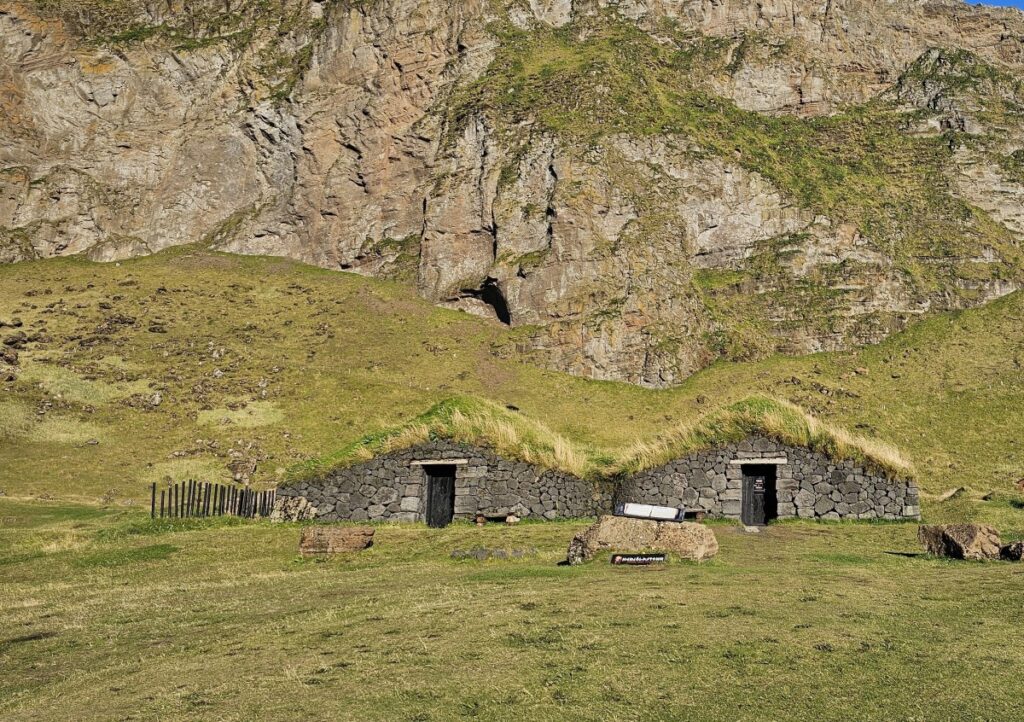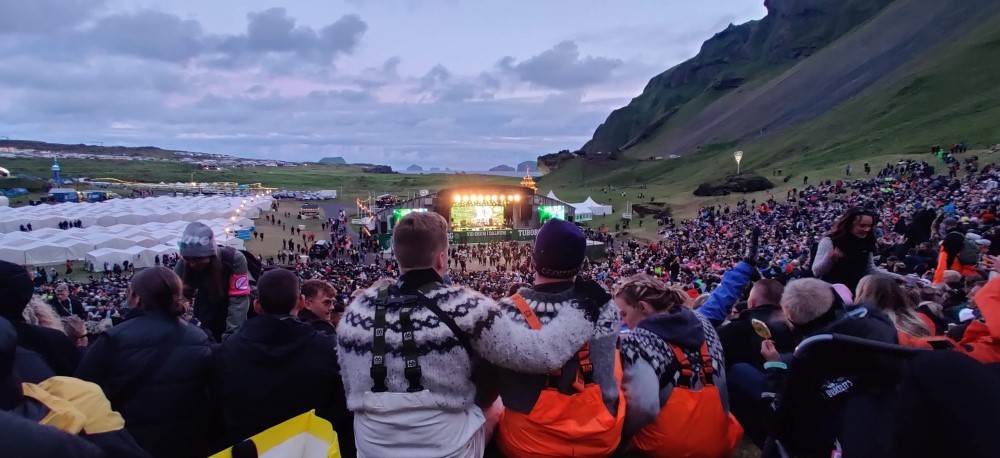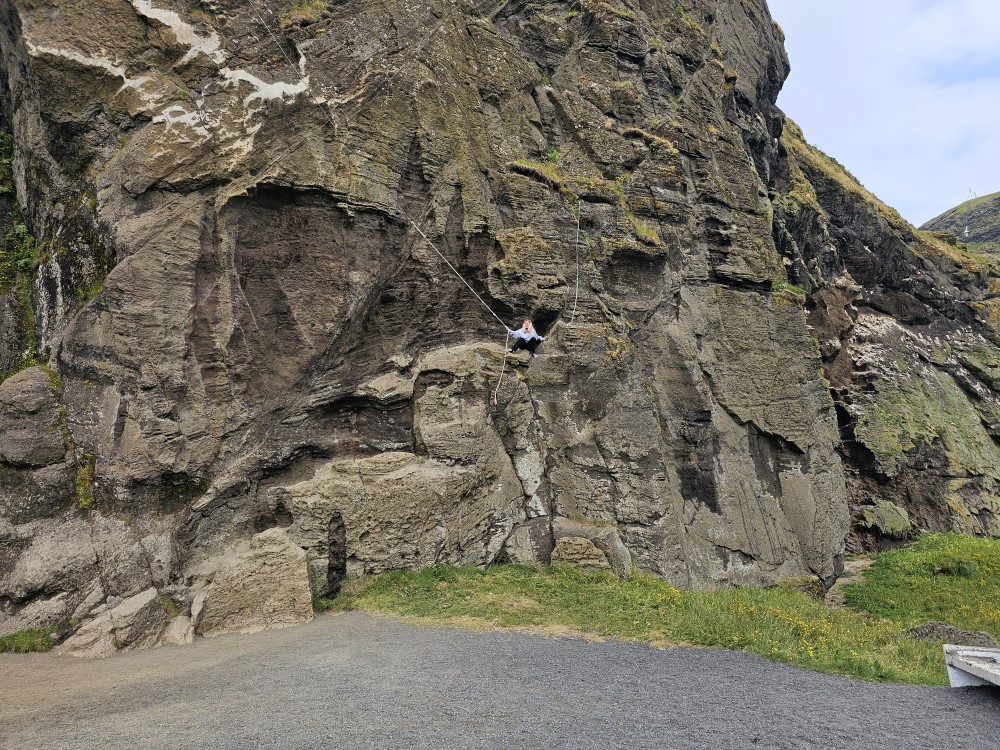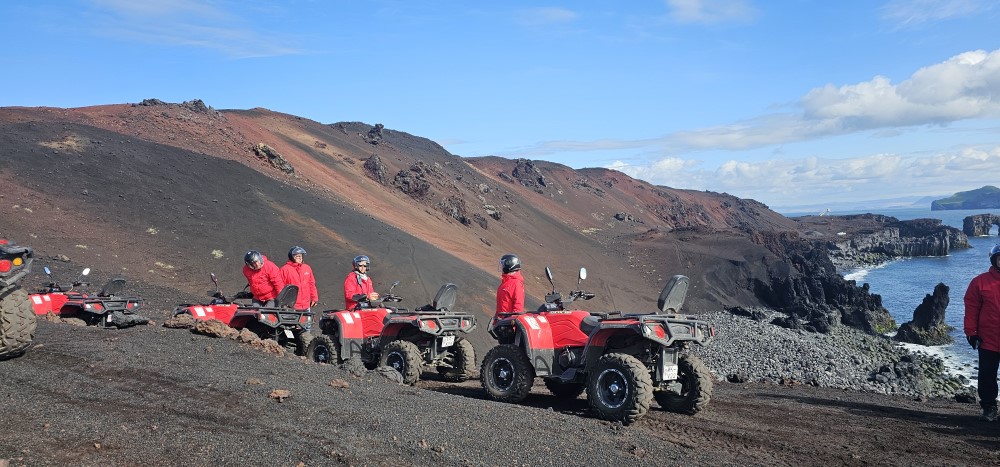Explore the Westman Islands: A Guide to History, Culture, and Adventure
The Westman Islands pack a lot into a relatively small area. This volcanic archipelago has had a long and fascinating past and exploring its history and culture is a rewarding pastime. But there’s a wild side to its rugged terrain that also makes this an adventure playground. Explore the Westman Islands with us and through this guide see how these different aspects come together.
Key events in the history of the Westman Islands
In a short guide such as this it’s not possible to take a deep dive into the archipelago’s history, but we can outline a few key events that have shaped Heimaey the most. Let’s begin with when the island was first settled. In Viking times, historians tend to agree that Herjólfur Bárðason was the pioneering settler, making his home in the early part of the 10th century. He knew what he was doing, choosing somewhere that had a reliable source of water which enabled him to farm.

Things ticked over for centuries. Periodically, the harsh climate of the Westman Islands threw up challenges, such as landslides and severe snowstorms. The island’s hardy inhabitants soldiered on, subsisting in this challenging environment thanks to an abundance of fish which provided a steady source of food as well as a commodity with which to trade. Seabirds were a source of eggs and the down collected from eider ducks provided a way of keeping warm in the damp and draughty turf houses.
A terrible tragedy struck in 1627 that no one could have predicted. Pirates from Algiers, the capital of a territory connected to the Ottoman Empire in Turkey, took the islanders by surprise and captured many as hostages. There was little the locals could do other than use their knowledge of nearby cliffs and caves to escape the marauding corsairs. Many were rounded up in what’s now known as the Turkish abductions to be sold as slaves; most never returned to their homeland.
In more recent times, the threat came not from outsiders but from the land itself. After being dormant for 5900 years, an eruption kicked off in January 1973. Helgafell volcanic cone appeared to be spent, so the new activity caught people unawares. Though there had been an earthquake swarm, monitoring was in its infancy and nobody realised that an eruption on Heimaey was imminent. Eldfell, a newly enlarged volcanic cone, was the result.
Fortunately, the residents were evacuated safely, but the island faced another issue. Lava threatened to fill the harbour, which would have destroyed livelihoods. Volunteers helped the emergency services to pump water onto the lava, ensuring that it cooled and solidified before it reached the sea. Today, visitors to Heimaey can ride our ATVs across the lava field, see a home that was swallowed up by the lava at the Eldheimar Museum and realise just how close the town came to losing everything.
Cultural traditions in the Westman Islands
If you have an interest in Icelandic history and culture, one place you should visit while you’re on Heimaey is Sagnheimar, the island’s folk museum. Its permanent exhibits cover many aspects of island life, including the role played by fishing and puffins.
Þjóðhátíð
Þjóðhátíð is an annual festival that takes place in the Westman Islands over a weekend in summer. The name translates as “National Festival” and it dates back to 1874, when Iceland marked a millennium of settlement. Bad weather scuppered the plans of the Westman Islands to join their fellow Icelanders on the mainland and so they had to improvise with their own celebration.

Today, thousands of people come from all over Iceland to join in the festivities. This cultural event is spread over four days, featuring concerts and a huge fireworks display. A highlight is undoubtedly Brekkusöngur. This is when everyone gathers in the natural amphitheatre for a mass singalong on the Sunday night.
Spranga
Another Westman Islands tradition is the spranga, which also has its roots in the archipelago’s past. In the old days, islanders would use ropes to access birds’ nests on the rocky cliffs; the eggs that they gathered would have been a vital source of protein in their diet. Of course these days, most people rate protecting the bird colonies over raiding nests.

However, the rope tradition in itself is maintained, passed on to the next generation by Westman Islanders keen to preserve this aspect of their heritage. A cliff near the harbour is a popular place to teach those wishing to learn the sport. There are different ledges, the lowest of which is about three metres off the ground: Barnasteinn (child’s rock), Almenningur (the public), Stígvél (the boot) and Gras (the grass). As a visitor, you might wish to try it yourself, though always do so under the watchful eye of a local – it’s not as easy as it looks!
Whether you’re getting to grips with these ropes or following our guide on your ATV across the island’s lava field, Heimaey is a place where history and culture are intertwined with adventure. Why not book an ATV tour and hear more about the storied past of the Westman Islands from our guide as you have some fun exploring our extraordinary landscape?
